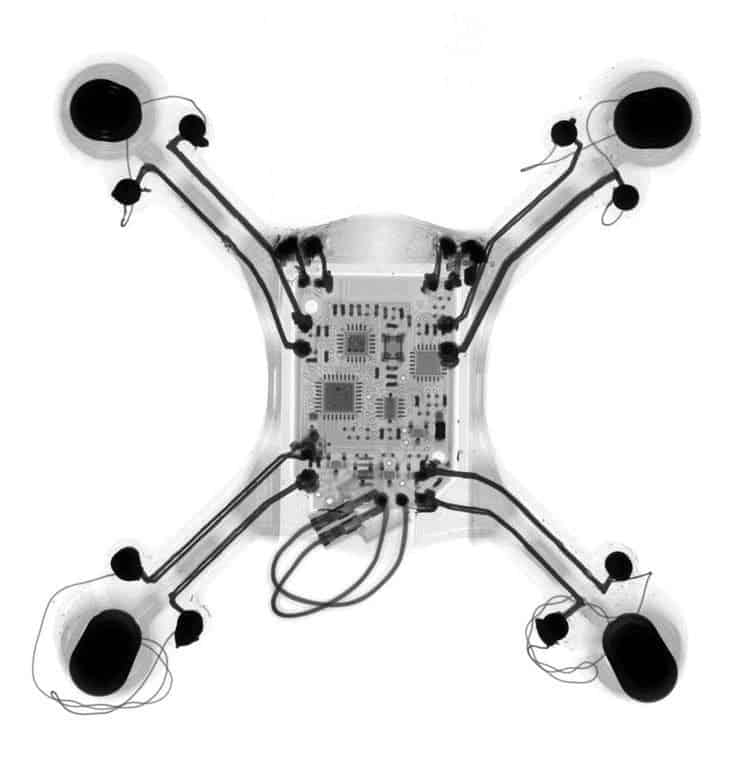I love disruptive technologies, and 3D printing is undoubtedly one of the leading such movements in the 21st century. This kind of tech will democratize manufacturing, moving it away from 3rd world sweatshops to your own garage. And no, you don’t have to be a geek to own one. Ten years from now, it should be as easy to use and as widespread in homes as a regular ink printer. But for now, 3D printing is limited, particularly as far as electronics are concerned. Usually, you have to print the plastic parts, then order electronic parts like circuits, chips or motors, before finally assembling it all together yourself. You can’t have a global manufacturing revolution if you need to be a lab wiz to print a new TV remote control to replace the one the dog just shred to pieces. But this is all changed. We’re just now seeing the first steps that might one day lead people to print their own smartphones.

A company called Voxel8 just introduced its latest flagship product: the 3D printer capable of printing electronics. Using this printer, its developers say, anyone can print their own phones, drones or RC cars all in one piece, with the electronics printed inside.

It uses a modular design where two different printer heads are used; one to extrude plastic and the other that layers conductive silver ink. When the printer reaches the electronics part of the process, it lays down the conductive ink. Inevitably, at some point the printer stops and notifies you that you need to insert a resistance or condenser, depending on the design you just used. Once you place the part, the printer automatically goes on with its business. With carefully laid instructions, almost anyone could manufacture an electronic device right at home. That’s not all, a future Voxel8 version of the printer should be able to print things like resistors and even battery parts directly.
Shut up and take my money. Not so fast, though. The kit ships in late 2015 for … $8999. Don’t feel too dishearten though. In time, as more competitors arise, the price will go down. Remember how expensive the first 3D printers were? You can now buy one for only a couple hundred dollars. The electronics printers will follow soon. The future sounds bright – can’t wait!






